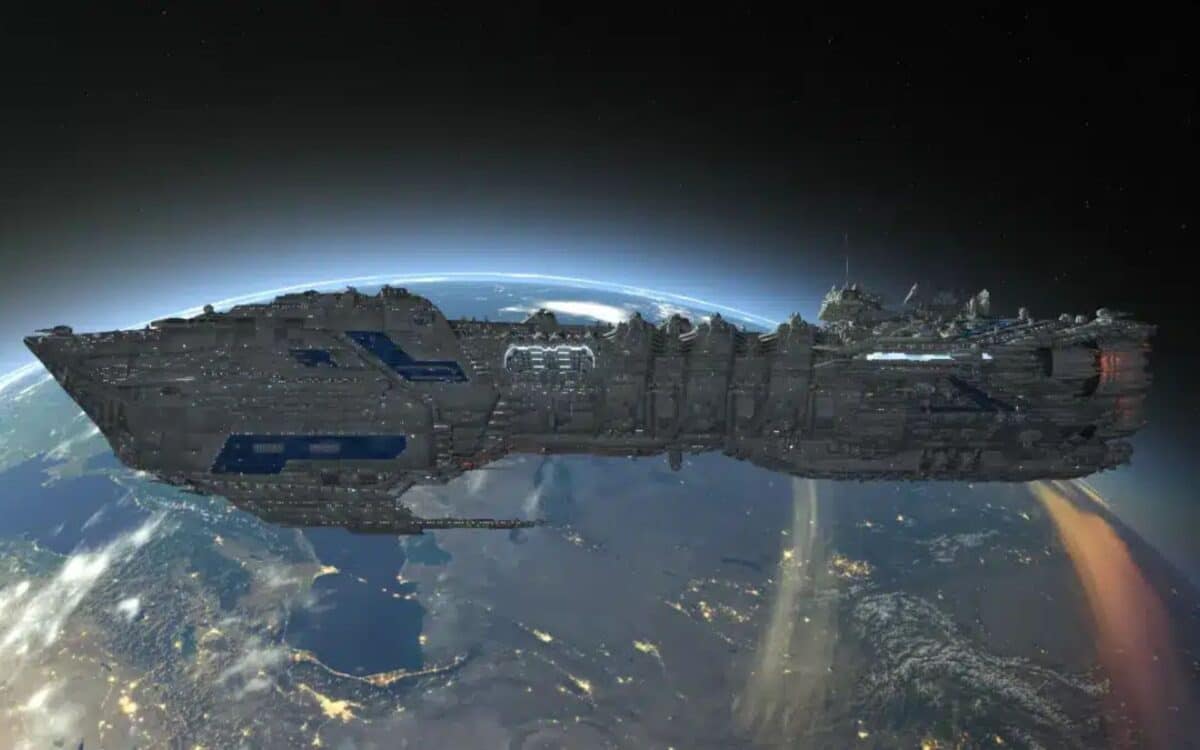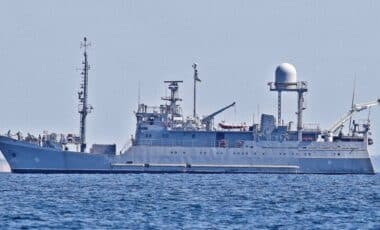On August 22, 2025, the world of space exploration was shaken by the announcement of Project Chrysalis, a groundbreaking spacecraft designed to transport 2,400 passengers on a journey of 40,000 trillion kilometers to Proxima Centauri b, a potentially habitable exoplanet. This ambitious mission, set to last 400 years, represents a quantum leap in humanity’s pursuit of interstellar travel and raises profound questions about the future of humankind beyond our solar system.
Project Chrysalis is not just about technological innovation; it redefines the concept of a generational voyage. The spacecraft’s design is unlike anything ever seen before, with concentric layers that resemble Russian dolls. This ingenious structure allows the integration of essential elements for long-term survival, such as food-producing farms, tropical and boreal forests for ecological balance, and livestock to ensure a steady protein source. The living quarters and communal spaces have been carefully designed to foster interaction and create a strong sense of community among the passengers, making it more than just a means of transportation, but a self-sustaining society in space.
After Elon Musk, Donald Trump Appoints Another Tech Giant to a Key Role
A Spacecraft Designed for Long-Term Survival
At the heart of Project Chrysalis is the ability to maintain human health and well-being over centuries. The spacecraft utilizes artificial gravity through its rotation, ensuring that the passengers can live and thrive in an environment conducive to their physical health. This innovation is crucial for preventing the adverse effects of weightlessness, which could otherwise have serious health consequences over multiple generations. With such a long journey ahead, ensuring the stability of the passengers’ health is a priority, and artificial gravity will play a key role in supporting both the crew and their descendants.
A Philosophical Journey Into the Future
The mission’s design was inspired by the Initiative for Interstellar Studies (i4is), which promotes the exploration of interstellar travel using generation ships—vessels designed to support human life for centuries or even millennia. “The project explores the feasibility of interstellar missions by relying on both current and future technologies,” said a representative from i4is, highlighting the potential for Chrysalis to lead the way in human space exploration.
But Project Chrysalis is not just a technical feat; it’s a philosophical one. The idea that the initial crew would live, reproduce, and die aboard the vessel, with their descendants continuing the journey to Proxima Centauri b, raises deep questions about cultural identity, legacy, and the future of humanity. It challenges us to consider what it means to be human in the vastness of space, and how future generations will carry forward the knowledge and culture of Earth.
While Chrysalis remains a conceptual project for now, it lays the groundwork for future interstellar missions. As we continue to explore the stars, projects like Chrysalis may one day make human life on another planet a reality.








